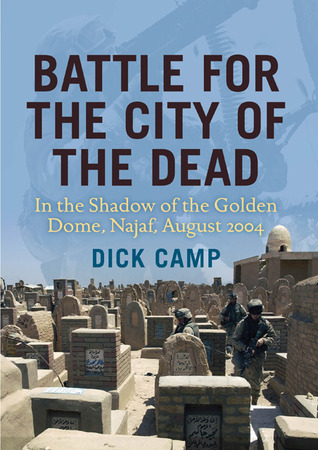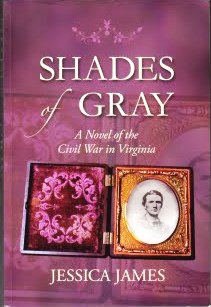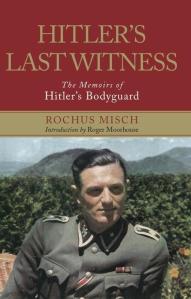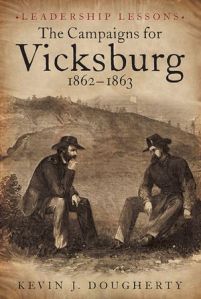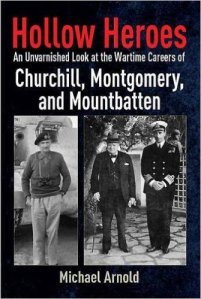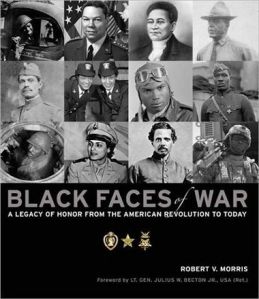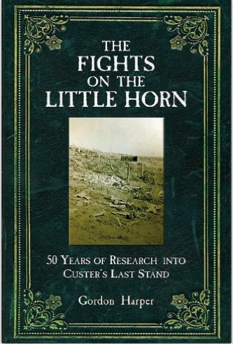
The late Gordon Harper passed away before finishing this comprehensive volume. The writers of both the book’s forward and the chapters regarding "the last stand" make it very clear Mr. Harper’s notes are the source if their writing.
It is very apparent that Mr. Harper spent hundreds of hours on the battlefield knowing it intimately. Significant efforts have been to be made to recreate in detail the actions on June 25-26, 1876. The author did an outstanding job.
The book's eight maps show the positions of all the soldiers and warriors as well non-combatants. Two maps show the locations of the bodies of the dead.
Each chapter is well documented with numerous footnotes. The references and quotes are from primary sources. Sworn testimony from the Reno Commission and the newspapers of the time are the primary sources.
The conclusions drawn by the author may give cause for debate. Mr. Harper's deductions are:
- Colonel Custer was just following orders.
- He used the standard cavalry tactics of the day when attacking an Indian encampment.
- The tactics failure were they were not designed for the scale of the adversary - the largest gathering of Plains Indians in one place.
- This Indians didn’t run as was expected.
- They fought the U.S. Cavalry to a standstill.
- The Indians wiped out all riding with Custer.
- Harper’s research shared quotes from the Native Americans.
- The Indians indicate that the majority of the 7th Cavalry stood their ground as long as possible.
- The cavalry troopers concentrated fire was deadly on the charging warriors.
It is a different, even controversial view of the battle. It is also a controversial view of the General Custer.
The hardcover copy is 386 pages. It is an excellent resource and a must for any Custer historian, amateur or professional.
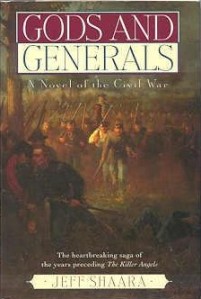

 Photos were taken by Jimmie Aaron Kepler on November 11, 2009, at Davis Hall, The University of Texas at Arlington, Arlington, Texas.
Photos were taken by Jimmie Aaron Kepler on November 11, 2009, at Davis Hall, The University of Texas at Arlington, Arlington, Texas.